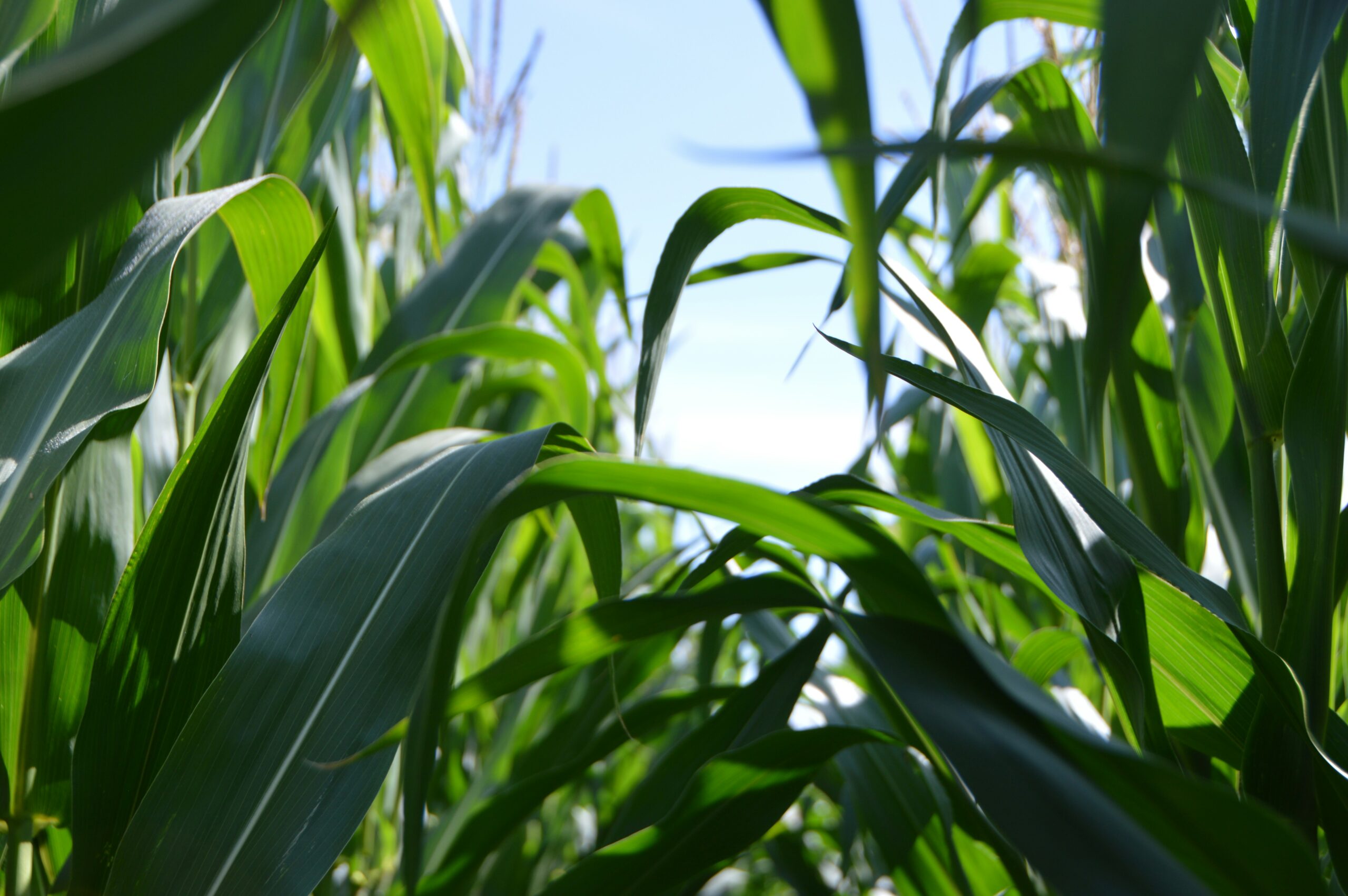
Adequate disease control is critical to ensure healthy crop production and maximize yields. Fungal diseases, in particular, present a significant challenge, as they can spread rapidly and cause extensive crop damage. Validamycin, a potent liquid fungicide, offers a targeted solution for combating these diseases. By addressing the root causes of infection, Validamycin helps protect crops, improve yields, and support sustainable farming practices. This guide delves into the key benefits and best practices for using Validamycin in modern agriculture.
How Validamycin Works to Protect Crops
Validamycin, 3% L, effectively controls soil-borne and foliar fungal pathogens. Its primary mode of action involves disrupting fungi’s metabolic processes, preventing them from spreading and causing further crop damage. The active ingredient targets explicitly harmful pathogens without adversely affecting beneficial soil organisms, making it a versatile option for various farming systems.
-
Rapid Response: Validamycin 3% L works quickly to halt the spread of fungal diseases, offering immediate crop protection.
-
Broad Application: It can be used across diverse crop types, including rice, vegetables, and fruit-bearing plants, providing flexibility for different agricultural needs.
For farmers seeking reliable and environmentally friendly disease control, Valipro-Validamycin 3% L offers a robust solution. Its compatibility with organic and conventional farming systems makes it a trusted choice for disease management.
Benefits of Validamycin in Disease Control
Comprehensive Protection Against Fungal Diseases
Validamycin effectively targets a wide range of fungal pathogens, including those responsible for sheath blight, root rot, and damping-off. By eliminating these threats, ensures that crops remain healthy and productive, reducing the risk of widespread infections that can devastate yields.
Improved Crop Yield and Quality
Healthy crops naturally produce higher yields and better-quality produce. Validamycin fungicide reduces disease pressure, allowing plants to direct their energy toward growth and production. Studies indicate that using Validamycin can result in up to a 25% increase in crop yield, highlighting its importance for maximizing farm productivity.
“The health of a crop determines the strength of a harvest; every preventive measure is a step toward a thriving field.”
Environmentally Friendly Solution
Validamycin selectively targets harmful pathogens, unlike fungicides that may disrupt the soil ecosystem. This ensures minimal impact on beneficial soil organisms, preserving the health of the soil and supporting sustainable farming practices. Its low-residue properties also make it a suitable choice for organic farming.
Application Guidelines for Maximum Effectiveness
Proper application techniques are essential to achieving the best results with Validamycin. Accurate dosing, timing, and application methods can significantly impact its effectiveness.
Determining the Validamycin Dose Per Acre
Applying the correct Validamycin dose per acre is crucial for effective disease control. Over-application can lead to unnecessary costs and potential environmental concerns, while under-application may fail to control the disease.
Timing and Methods of Application
Applying Validamycin 3% L at the right time is key to preventing the spread of fungal infections. Early intervention, either at the first signs of disease or as a preventive measure during critical growth stages, ensures optimal protection.
-
Foliar Spraying: This method involves applying the fungicide directly to the plant’s leaves and stems, making it ideal for controlling foliar diseases.
-
Soil Drenching: For soil-borne pathogens, applying Validamycin directly to the root zone through soil drenching ensures effective control.
-
Seed Treatment: Treating seeds with Validamycin before planting offers early protection against seed-borne diseases.
Real-Life Success Stories
Farmers worldwide have experienced Validamycin’s transformative effects on their crops. For example, rice farmers in regions affected by sheath blight have reported healthier plants and increased yields after using Validamycin. Vegetable growers have also significantly improved plant health and productivity by targeting root rot with this fungicide.
Validamycin’s Role in Organic Farming
Validamycin aligns with the principles of organic farming due to its targeted action and minimal environmental impact. It provides effective disease control without compromising soil and water health, making it an excellent option for organic farmers.
Benefits for Organic Systems
-
Minimal Residue: Validamycin’s low-residue formulation ensures compliance with organic certification standards.
-
Selective Targeting: Focusing on harmful pathogens supports the preservation of beneficial microorganisms essential for soil health.
Combining Validamycin with Other Farming Practices
Validamycin should be integrated into a broader crop management strategy for comprehensive disease control. This holistic approach ensures that crops receive optimal protection while maintaining sustainable agricultural practices.
Complementary Strategies
-
Crop Rotation: Rotating crops helps disrupt the life cycle of specific pathogens, reducing the risk of disease buildup.
-
Soil Health Management: Maintaining healthy soil promotes the growth of beneficial organisms that naturally suppress diseases.
Avoiding Common Mistakes in Application
To maximize the effectiveness of Validamycin, farmers should avoid common pitfalls that can reduce its impact.
Over-Application
Using more fungicides than necessary does not enhance its effectiveness. Instead, it can lead to higher costs and potential environmental risks. Adhering to the recommended dose per acre ensures optimal results.
Inconsistent Coverage
Ensure even distribution of Validamycin to prevent the disease from persisting in untreated areas. Consistent application maximizes the fungicide’s protective effects.
The Future of Disease Control with Validamycin
As agriculture continues to evolve, the challenges of climate change, emerging pathogens, and shifting farming practices will require innovative solutions. Validamycin, 3% L, exemplifies the targeted, effective disease control needed to meet these challenges. Protecting crops and promoting resilience helps farmers adapt to changing conditions and secure their harvests.